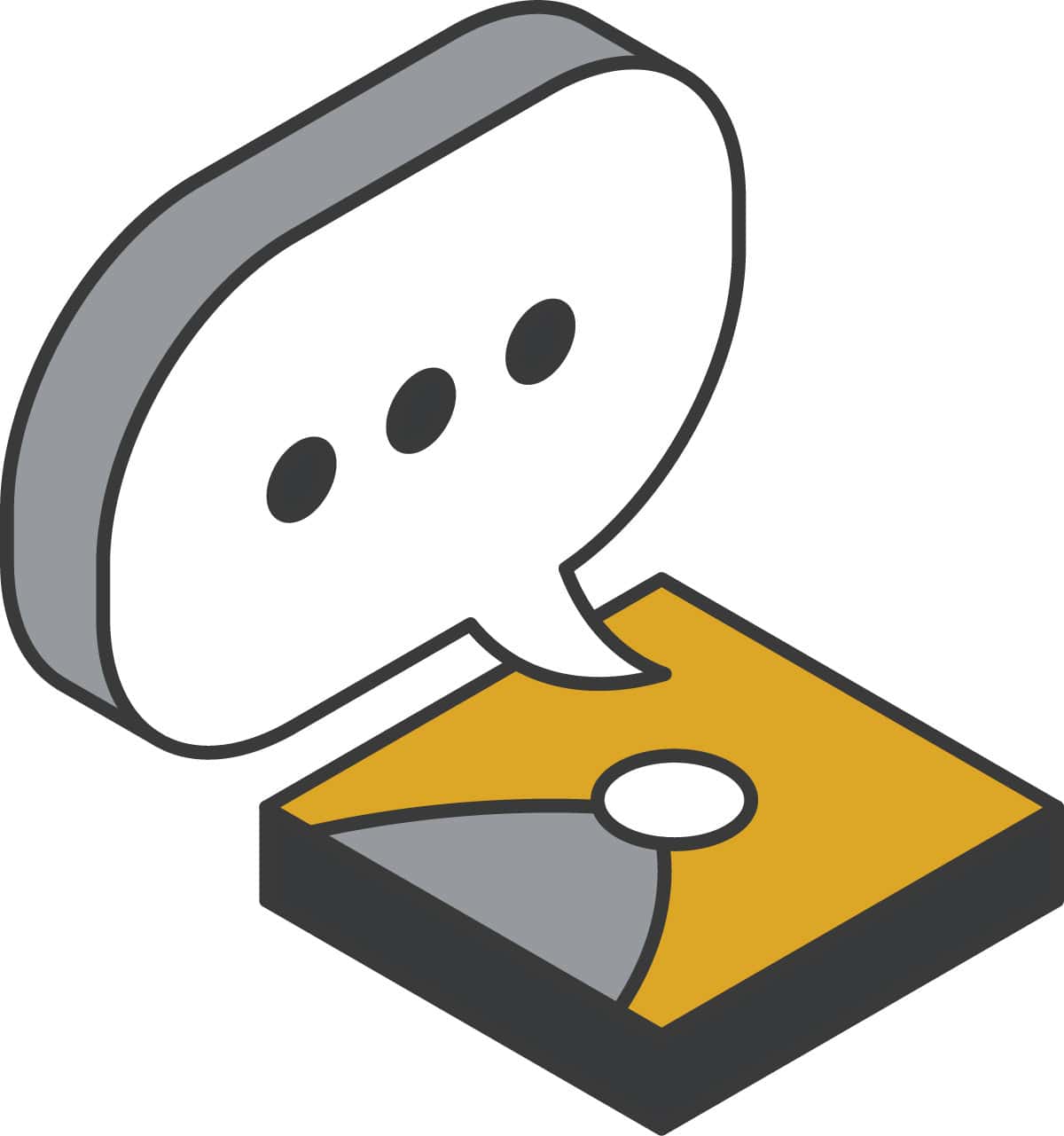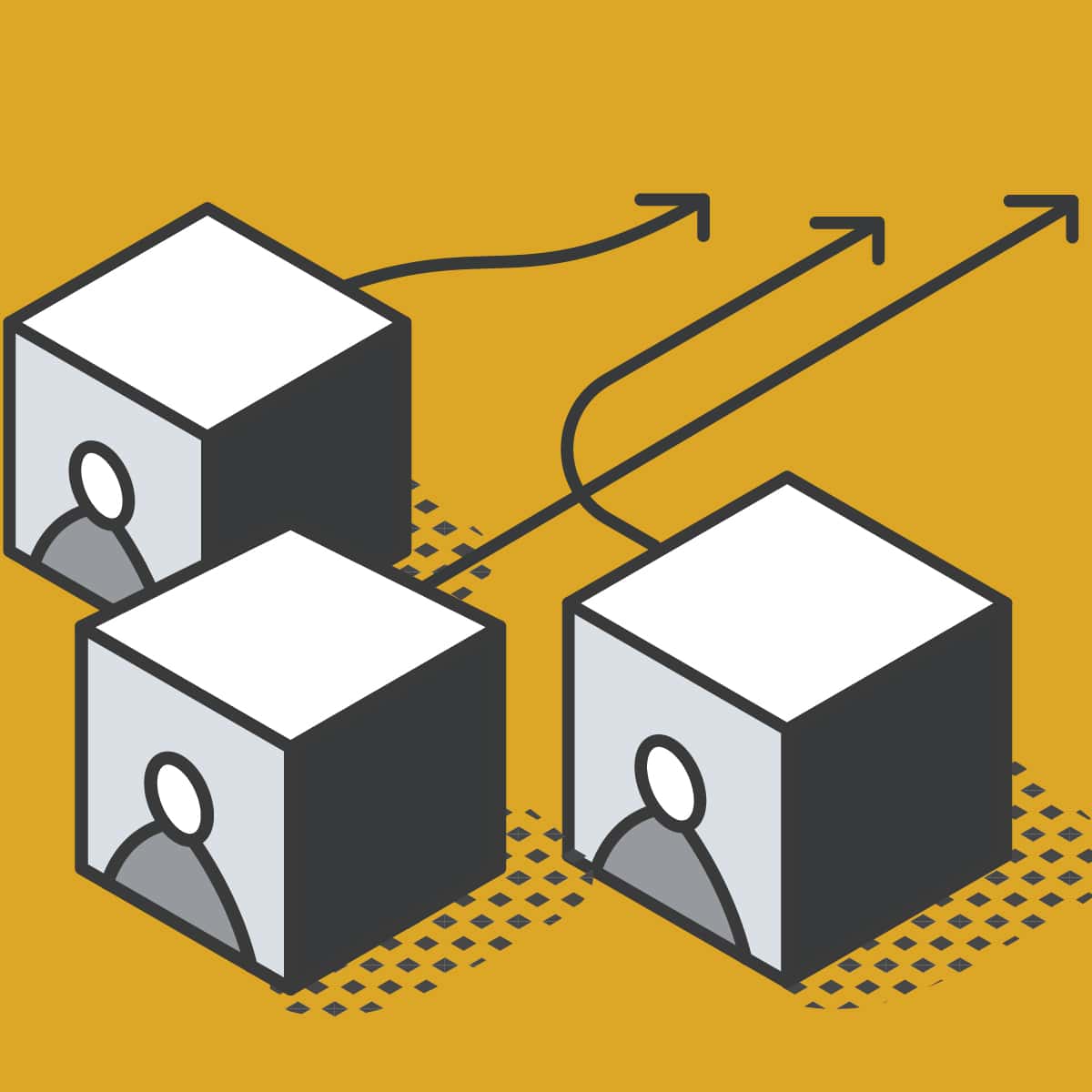Unlocking Customers: Navigating Levels
Making the customer come alive inside your organization can catalyze a cascade of positive outcomes: promoting healthier thinking, facilitating authentic dialogue, sparking curiosity, driving efficiency improvements, increasing customer loyalty, and fortifying the bottom line. In this blog post, we explore a strategic continuum for making the customer come alive inside the organization. Presented are 10 customer strategy tactics along with practical examples, designed to boost customer “aliveness” within your organization.
Customer Strategy Tactics to Move Customers on the Continuum
Since I published the “Experience Design Blueprint”, I’ve spent a decade speaking with leaders of all types of organizations, in the nonprofit and for-profit realms as well as in government. It is clear to me now, more than ever, that when many people are speaking about customers they engage in binary thinking. In reality, the audiences who encounter our businesses are better represented along a continuum. On the low end is the newbie who first learns of our organization and at the other extreme lies our loyal, learned customer.
By understanding that individuals are at different stages along this customer continuum, we can employ various customer strategy tactics to encourage their progression, according to their willingness. It’s important to note that not everyone who encounters your organization will necessarily become a customer, even with significant efforts.
10 Customer Strategy Tactics
1. Reviewing Phone or Meeting Records
This involves analyzing transcripts or recordings of customer interactions, such as phone calls or meetings, to identify common pain points, concerns, and feedback. Example: A customer support team at a software company reviews transcripts of customer support calls to identify common technical issues and areas where customers need assistance.
2. Voice of the Customer (VoC) Interviews
Conducting structured interviews with customers to gain insights into their needs, preferences, and experiences with the company’s products or services. Example: An e-commerce retailer conducts structured interviews with a sample of customers to gather feedback on their online shopping experience, including website usability, product selection, and shipping options. Some of these records may prompt stories to be considered in further product development.
3. Customer Surveys
Deploying surveys to collect quantitative data on customer satisfaction, loyalty, and preferences. These surveys can be distributed via email, on the company’s website, or through other channels. Example: A hospitality chain sends out post-stay surveys to guests to collect feedback on their hotel experience, including satisfaction with accommodations, amenities, and customer service. They may also send out a post stay, quarterly, or annual customer satisfaction survey, which includes the Net Promoter Score question (“How likely are you to recommend our product/service to a friend or colleague?”) along with open-ended questions for qualitative feedback.
4. Social Media Listening
Monitoring social media channels to track conversations, mentions, and sentiment regarding the brand. This provides real-time insights into perceptions and trends. Example: A consumer electronics company monitors social media platforms for mentions of its products, competitors, and industry trends to identify emerging issues, sentiment, and customer preferences.
5. Customer Journey Mapping
Mapping out the end-to-end customer journey to identify touchpoints, pain points, and opportunities for improvement one of the most essential customer strategy tactics. This helps visualize the customer experience and prioritize areas for enhancement. Example: An automotive manufacturer maps out the end-to-end customer journey, from initial research to post-purchase service, to identify touchpoints where customers interact with the brand and potential pain points or opportunities for improvement.
6. Customer Advisory Boards
Establishing a board or panel of loyal customers who provide ongoing feedback, insights, and strategic guidance to the organization. Example: A financial institution establishes a customer advisory board comprised of select account holders to provide feedback on new banking services, digital features, and branch experiences.
7. Ethnographic Research
Conducting in-depth observations and interviews with customers in their natural environment to uncover unmet needs, behaviors, and motivations. Example: A food delivery service conducts ethnographic research by shadowing customers during their meal preparation routines to understand their cooking habits, ingredient preferences, and pain points in meal planning.
8. User Testing and Feedback
Enlisting customers to test prototypes, beta versions, or new features of products or services and providing feedback on their usability and functionality. Example: A technology company invites a group of beta testers to try out a new mobile app prototype and provides feedback on its user interface, features, and performance.
9. Customer Co-Creation Workshops
Hosting collaborative workshops or ideation sessions with customers to co-create new products, services, or solutions tailored to their needs and preferences. Example: A cosmetics company hosts co-creation workshops with loyal customers to brainstorm and envision new product formulations, packaging designs, and marketing campaigns.
10. Customer Immersion Sessions
Organizing immersive experiences, such as shadowing customers in their daily routines or participating in customer activities, to gain firsthand insights into their lives and experiences. Example: An outdoor gear retailer organizes customer immersion sessions where company personnel accompany outdoor enthusiasts on hiking trips to understand their gear needs, preferences, and challenges in the field.
Deploy Customer Experience Tactics – Embrace the Rewards
By implementing these customer strategy tactics along the customer continuum, organizations can progressively enhance their understanding of customers and cultivate a culture centered on customer-centricity, empathy, and innovation. This concerted effort will propel customers towards deeper engagement and loyalty, thereby showcasing the transformative impact on customer loyalty and a sustained healthy bottom line. Contact JUG Team. See JUG Team Services.










